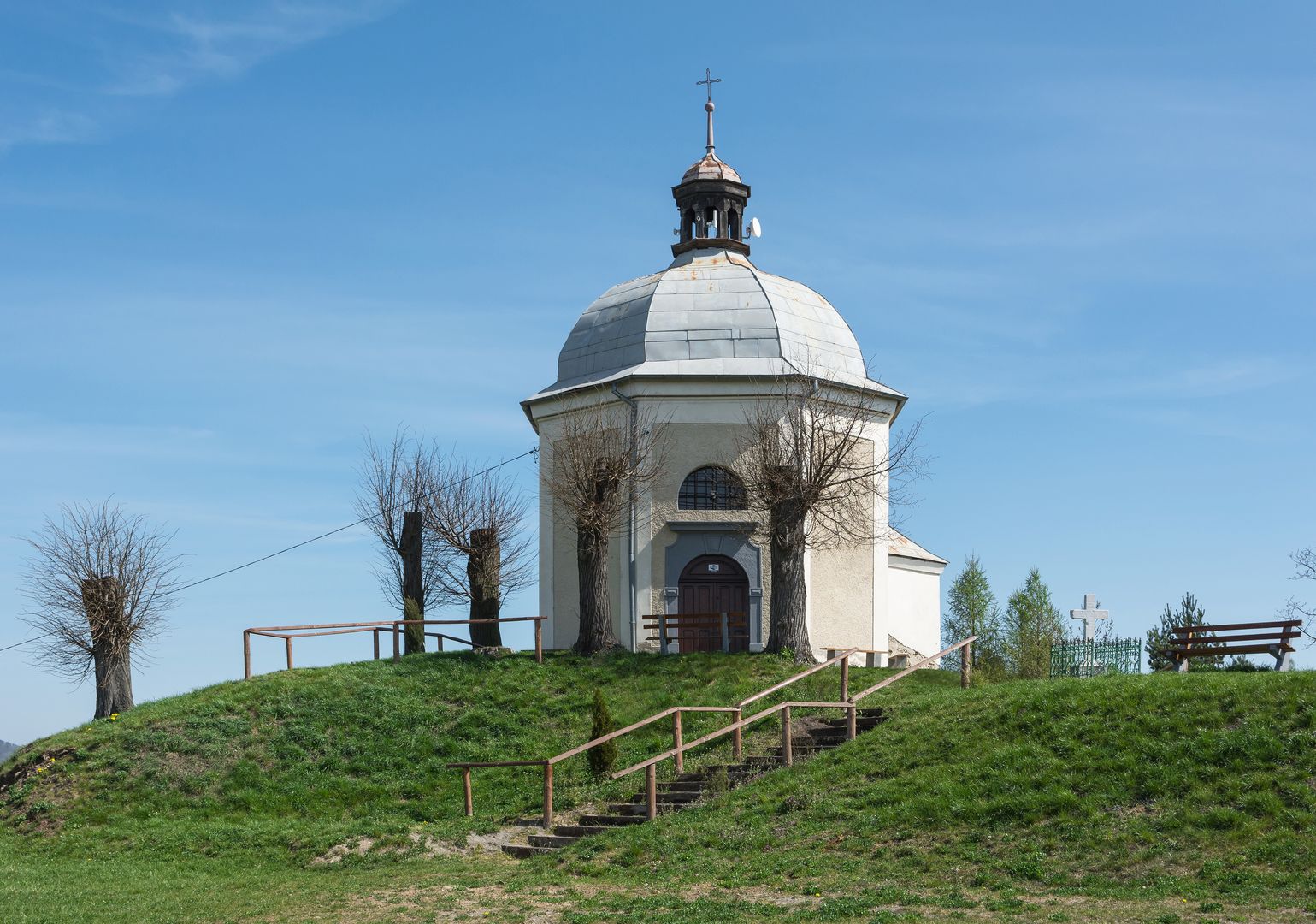Boguszyn
6.84

Overview
Boguszyn, formerly known as Friedrichswartha, is a sołectwo (administrative village unit) located in the Lower Silesian Voivodeship, within Kłodzko County. Its origins date back to the early medieval period, when settlements developed in the area, one of which was known as Burgstadel. This is evidenced by numerous archaeological finds, such as a 13th-century stronghold in Skiba. From the 14th century onward, the area underwent various administrative changes, including the sale of a fortlet by the Tschetterwang family. In the 18th century, as part of the Frederician colonization, the new settlement of Boguszyn was established. In modern times, during the 18th century, the village gained importance as an agricultural center with developed infrastructure. Boguszyn has retained its traditional linear village layout, with houses primarily from the 19th century, including valuable examples of architecture such as the Baroque Chapel of the Holy Cross from 1732 and a Marian column at the Bardzkie Pass. Throughout the centuries, the population has been predominantly engaged in farming, with an increasing use of land for animal husbandry. Boguszyn is a witness to history, having welcomed King Władysław Jagiellończyk in 1471 and been the site of a Prussian-French skirmish in 1807. Once a popular excursion destination for the inhabitants of Kłodzko and Bardo, the village attracts visitors with its landscape values and culture. Today, the majority of residents practice Catholicism, and the village also has a community center. Single-family housing development has been undertaken in Boguszyn, and its location at the heart of important transportation routes offers prospects for further growth.
Location
2025 Wizytor | All Rights Reserved